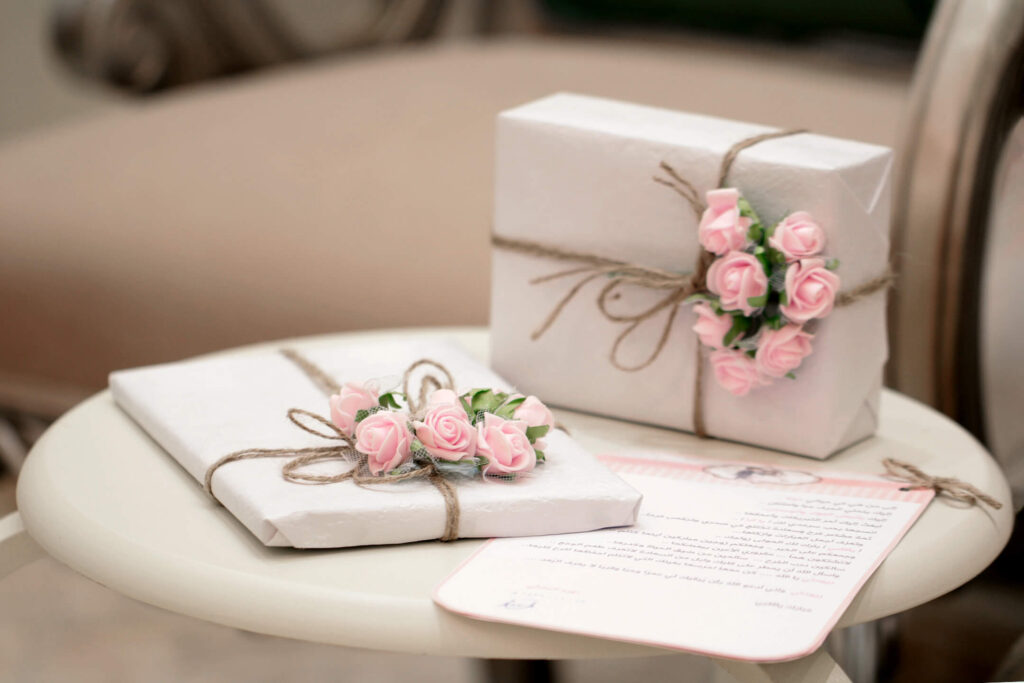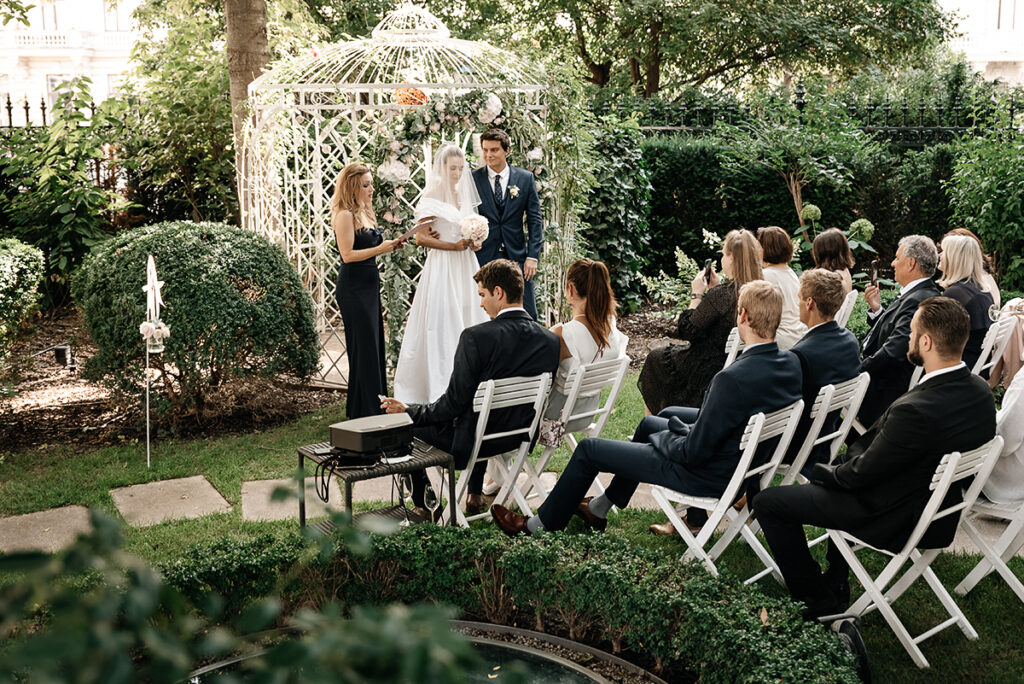Around seventeen tons of gold are made into wedding rings per year in the US alone. Exchanging rings on your wedding day is a wonderful tradition that dates back to over 3 000 years ago.
It’s believed that the Ancient Egyptians were the world’s first civilisation to incorporate that tradition into their nuptials. Their rings were made of leather or reeds. The circular shape symbolized the “eternal love” without a beginning or an end. Today, that might be regarded as “cheesy”, but it nonetheless still applies.
The Romans were the ones who started the tradition to wear the ring on the fourth finger of the left hand. They thought that the “vein of love” (vena amoris) went from the tip of that finger straight towards the heart. Sweet, right? And they made their rings from durable materials too, like iron, to symbolise the permanence of marriage. If it weren’t for the fact that they were most probably awarded to the bride as a symbol of ownership, we’d be praising the Romans for their commitment!
Today, we know that diamonds are much more durable than iron. However, diamond rings weren’t in fashion until the 15th century when the Archduke of Hammond proposed to his fiancée with a diamond ring. He most likely was the one to start the trend. Diamonds are forever, indeed – and with the Industrial Revolution opening up the many mining possibilities, diamond rings became the classic choice. They remain to be that even today.
Diamonds were preceded, though, by the beautiful fede rings. They were huge in Europe for nearly a millennium and became more and more intricate throughout the years. They are still in use in Ireland. The Claddagh Ring depicts two hands holding a crowned heart, representing friendship, loyalty and love respectively. It’s a testament to its symbolism’s forte that the ring has been popular since the 16th century. Nowadays, the Irish Claddagh ring is often embellished with designs and engravings, echoing another ancient tradition related to engagement rings. And it’s increasingly gaining momentum outside Ireland, too.
We’re talking, of course, about inscriptions, or “posies”. Posies were poems inscribed on engagement rings, both on the outside and the inside. The design depended entirely on the fashions of the time, but the principle at the heart of it remained the same. Even nowadays, many couples love to engrave meaningful verses on the inside of their rings.
Many other traditions that we listed are still alive in some countries even today. For instance, many Western Europeans follow the Romans’ example and wear their engagement rings on the fourth finger of the left hand. However, in countries like Russia, Ukraine, Poland and other parts of Eastern Europe, it’s more common to wear it on the right hand’s fourth finger. This is only one example of how much influence several ancient cultures had on modern society’s traditions. But no matter which tradition you choose to incorporate into your wedding, we advise that you make sure to do a bit of research on its symbolism – you never know, it might mean something completely different to what you thought!




